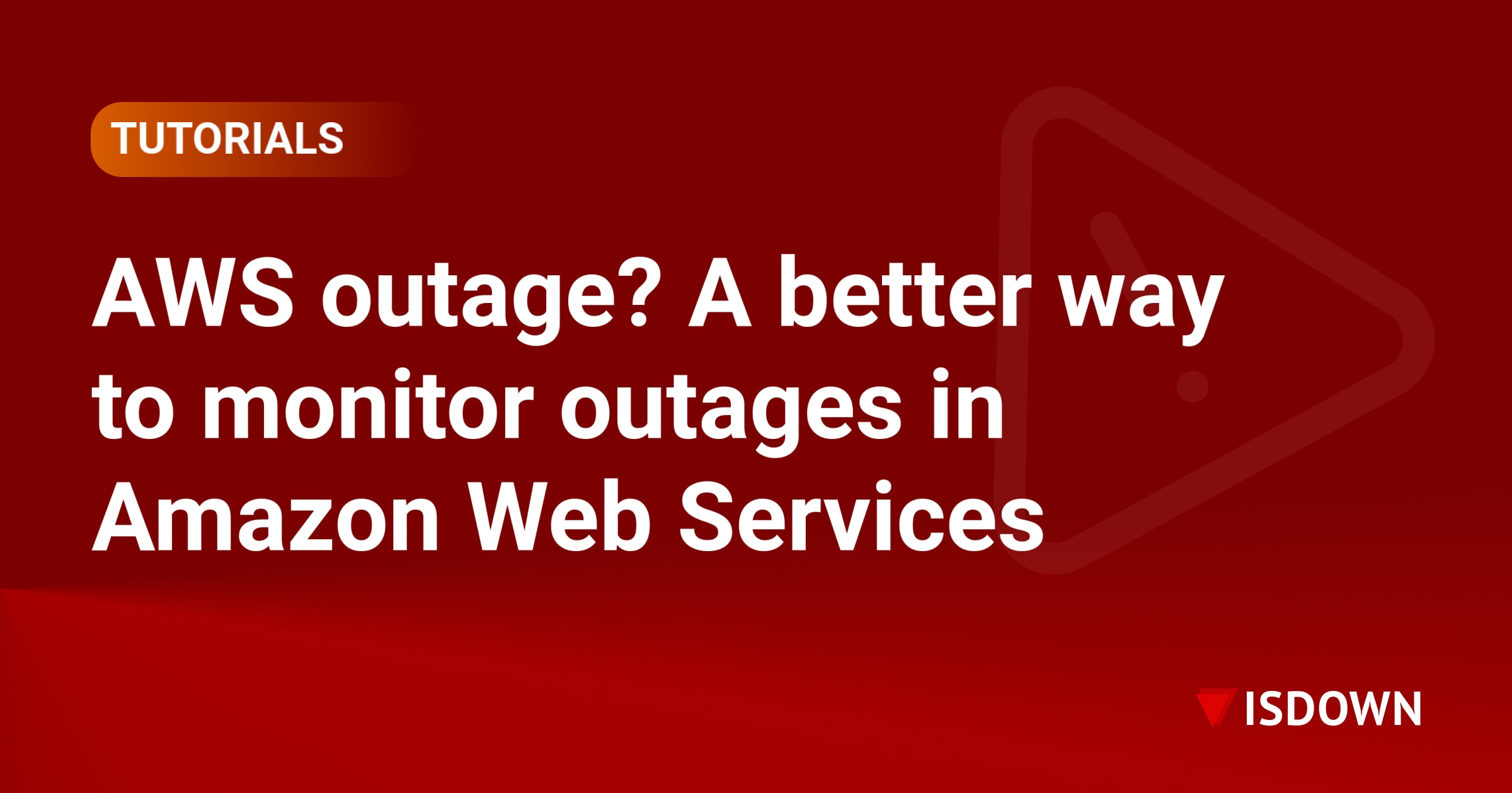Learn How Slack Helps SREs Stay Ahead of Service Disruptions

Site Reliability Engineers (SREs) are crucial for the smooth delivery of online services. Their job is to ensure that systems are reliable, available, and efficient. But when things go wrong, they’re the ones who jump into action to fix issues as fast as possible. And with modern systems being as complex as they are, managing service disruptions can be quite a challenge.
This is where Slack comes in. It’s more than just a chat tool. In fact, it’s a lifeline for SREs to stay on top of everything happening in real-time. But how does Slack help SREs in dealing with service nightmares? Let’s find out!
Why Real-Time Communication For SREs Is Key
Before we jump into the wonders of Slack, do you understand why communication is a must-have for SREs? As George Bernard Shaw says, The biggest issue with communication is thinking it happened when it really didn’t.
When a service disruption happens, speed is everything. The longer the delays in communication, the bigger the impact of disruption. So SREs need to act fast and keep everyone on the same page.
And what essentially works here to make that happen is a real-time collaboration because decisions need to be made quickly, and everyone involved has to stay updated. So what does Slack do here? It simply makes the SRE fast-paced teamwork possible.
Traditional communication methods like emails and phone calls are insufficient in times of an incident. Slack, in comparison, allows real-time communication and collaboration. You won’t have to waste time telling everyone to check their emails or pick up the phone. So seamless communication means quick resolution time, and in turn, less disruption.
Centralized Incident Management
Besides communication, an SRE would need plenty of tools to manage an incident. For instance, they may require tools for monitoring, automation, analysis, etc. But while juggling with multiple tools, it’s easy to lose track. Luckily, Slack solves this by bringing over 2400 integrations to the table.
You can integrate tools like Rootly, Incident.io, and FireHydrant to manage incidents directly within Slack. Likewise, you can use monitoring and alerting services like Datadog, PagerDuty, and IsDown to send alerts straight to dedicated Slack channels.
For example, if an incident occurs, one notification from PagerDuty will instantly gather all members in one channel. In short, an SRE needs information about how and when the incident happened. Thankfully, Slack channels and integration tools are great for capturing all this info, so the whole team stays in the loop and can work from the same data.
Automating Repetitive Tasks with Slack Bots
Slack automation for SREs is a lifesaver, especially when it comes to repetitive tasks. Slack’s bots can handle a lot of the routine work involved in incident management. Slack SRE bots can automatically post updates, send reports, or perform status checks.
A good example of Slack SRE bots is IsDown integration with Slack, which automatically provides vendor status updates. If there’s an issue with a third-party service, Slack SRE bots automatically send notifications, meaning that SREs don’t have to check multiple dashboards. This means the Mean Time to Recovery (MTTR) is reduced.
Besides, you can even use the no-code Workflow Builder to set up automation directly within Slack. The best thing is you do not need technical skills for that. The drag-and-drop function that's part of the workflow can help you ensure automation with ease.
Collaborative Knowledge Sharing
What else can resolve an incident quickly? It’s knowledge sharing. When all necessary members of the team are under one roof, they will be able to share knowledge in the most effective way.
But how does this happen on Slack? Slack enables channels and threaded conversations to make this cross-team collaboration easy. For instance, if an incident occurs, you can create a dedicated channel and invite everyone to share expertise. Its searchable history is also a great help. Let’s say an SRE is dealing with a recurring issue. Rather than starting from scratch, they can search through past conversations to see how similar problems were handled before. Slack helps SRE teams learn from previous incidents and speeds up the problem-solving process.
On top of that, Slack helps SREs by making it simple to onboard new team members. When a new SRE joins, they can easily access past incident records. This way, the new person can get insight into how the team has handled issues in the past. This helps them get up to speed quickly and jump into action when needed.
Post-Incident Reviews and Continuous Improvement
Once an incident is resolved, the work isn’t over. SREs need to review what happened and why. Slack itself doesn't have a dedicated "post-mortem" feature. However, teams can create post-mortem workflows using Slack's built-in tools and integrations. For instance, PagerDuty and Incident.io allow you to easily share post-mortem reports directly within Slack channels.
So what do these post mortem reports do? Yes, they help avoid such incidents from happening in future. But what they essentially do is they help create a well-informed work culture. Everyone will understand what will happen if they fail to follow the standard protocols.
Conclusion
Like death and taxes, incidents are unavoidable. So instead of hoping they won’t happen, it’s smart to think of ways to minimize the losses. And one thing that can prevent your losses even in times of incident is good communication.
And this is exactly where Slack jumps in to save the day. SRE can use it for lots of purposes such as communication, automation, and collaboration. But that's not all. It also allows different integrations and tools that lead to a centralized experience and make it a necessity.
 Nuno Tomas
Founder of IsDown
Nuno Tomas
Founder of IsDown
The Status Page Aggregator with Early Outage Detection
Unified vendor dashboard
Early Outage Detection
Stop the Support Flood
Related articles
Never again lose time looking in the wrong place
14-day free trial · No credit card required · No code required




